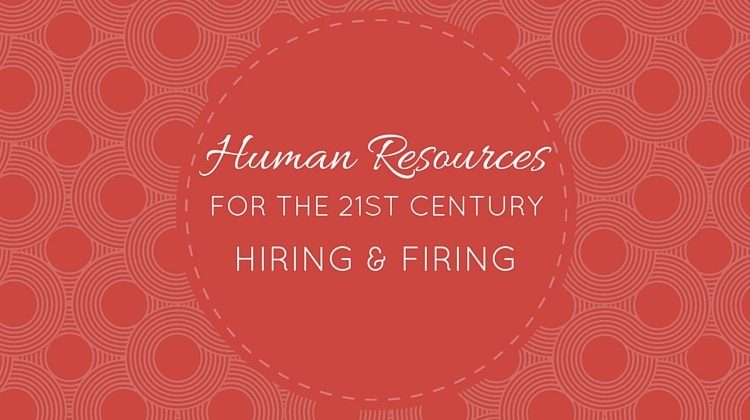
The human resources department is an important part of any organization. From hiring new staff members to training them in an online training software, and then potentially transitioning them to a different organization, HR takes care of employees start to finish.
In a knowledge economy, people, more than machines, are the major source of innovation and growth for any business, yet changes in technology and globalization have put into question human resources’ traditional role in organizations. HR departments need to do more than process payroll, hire, and train.
Indeed, the demanding speed of change in the global economy has meant that the very notion of a separate HR department has been called into question. Human resources, so the new call goes, needs to be diffused throughout all areas of the organization and brought into core management functions.
Certified Human Resources professionals are expected to act more like internal consultants rather than organizational functionaries offering them the chance to develop, pilot, and evaluate new approaches on an ongoing basis. HR professionals are now encouraged to spend more time working directly with front line managers to help them develop effective techniques for maximizing their employees’ productivity. Some companies have gone so far as to embed HR professionals in particular units allowing them to develop a close collaborative relationship with managers and existing staff as well as a specialized knowledge of particular aspects of an organization’s operations.
Despite all these promising new avenues, there has been little substantive change in the way HR departments perform their basic tasks — hiring, firing, and compensation. Though mundane, these everyday activities remain the largest area of activity for human resources professionals.
Aside from the use of technology as an add-on to help sort through the glut of jobs, there has been little focus on changing the way hiring is done or the old tired formula of putting out a job advertisement and then reactively sorting through resumes. When preferred candidates are identified beforehand, it is usually only one, eliminating any real competition for the position.
Further complicating matters, preferred candidates are almost always internal staff chosen based on staff recommendations, effectively closing off the organization from outsiders. This ultimately robs organizations of any advantages that might otherwise arise from the wide reach of the world wide web, as job competitions are effectively reduced to the status of window dressing.
However, by working proactively, HR can turn their system for identifying preferred candidates into a real bonus. Why not redirect all that effort sorting through resumes to identifying 10 or 12 preferred candidates and having them participate in a real competition for the job? With large banks of resumes and candidates like LinkedIn, it is possible for human resources to move beyond its reactive approach to hiring and take hold of the widely accessible pool of talented individuals.
About the Author
Roz Bahrami is a blogger for SkyPrep, an online training software. Roz regularly contributes to blogs related to corporate training, L&D, and marketing.
I have to say this is an honest review of the current state of HR. As a practicing HR professional, I find that we talk change but little work is directed to that end. That is because we are so involved in the day to day. In order to see real progress, businesses must provide enough resources to HR in order to split the focus. A team for transactions and one for transformation. It is hard to develop and implement strategies to get ahead of a situation when you are constantly reacting to the immediate need. Another mistake is relying too heavily on technology. You cannot replace the “H” in HR.